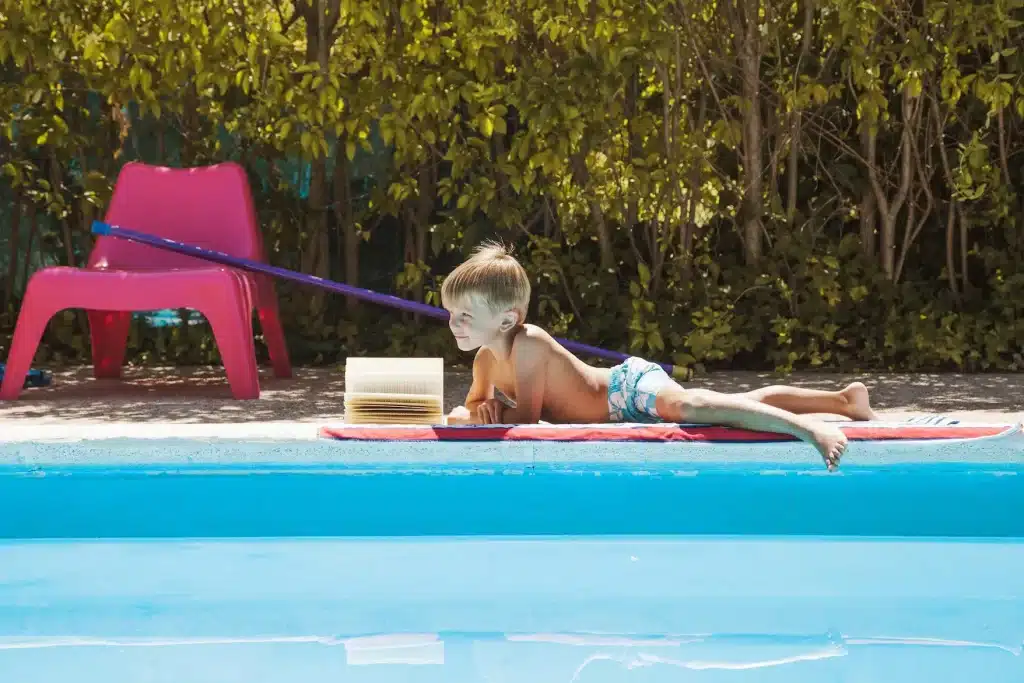A swimming pool liner has a lifespan of 10 to 15 years. To preserve it, here are two golden rules:
balanced water and regular pool maintenance

The calcium-carbonate balance of water includes
This balance protects the various materials in the pool (liner, walls, pipes, pump and filtration).
Here are some examples of the impacts of water imbalance:
A clean pool will help preserve your liner for a long time. You can find our tips to clean your pool.
If you are using a chlorine treatment, you should never put the pebbles in direct contact with the liner as this will cause discolouration or staining of the surface. In general, manufacturers recommend putting the chlorine pebbles in the skimmers or in a floating basket.
There are several types of stains on liners
| Cookie | Duration | Description |
|---|---|---|
| cookielawinfo-checkbox-analytics | 11 months | This cookie is set by GDPR Cookie Consent plugin. The cookie is used to store the user consent for the cookies in the category "Analytics". |
| cookielawinfo-checkbox-functional | 11 months | The cookie is set by GDPR cookie consent to record the user consent for the cookies in the category "Functional". |
| cookielawinfo-checkbox-necessary | 11 months | This cookie is set by GDPR Cookie Consent plugin. The cookies is used to store the user consent for the cookies in the category "Necessary". |
| cookielawinfo-checkbox-others | 11 months | This cookie is set by GDPR Cookie Consent plugin. The cookie is used to store the user consent for the cookies in the category "Other. |
| cookielawinfo-checkbox-performance | 11 months | This cookie is set by GDPR Cookie Consent plugin. The cookie is used to store the user consent for the cookies in the category "Performance". |
| viewed_cookie_policy | 11 months | The cookie is set by the GDPR Cookie Consent plugin and is used to store whether or not user has consented to the use of cookies. It does not store any personal data. |